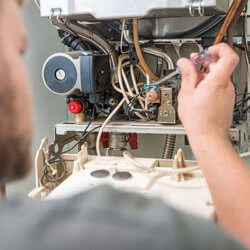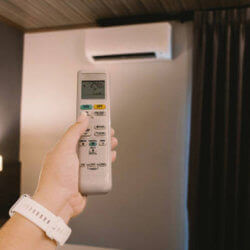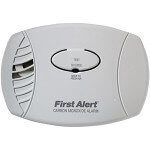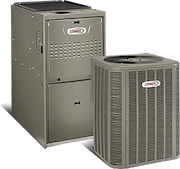During the hot summer months, the humidity levels inside your home can go through the roof, which can cause not only a lot of personal discomfort but also pose a health risk and potential damage to your household. A home with high humidity levels is the perfect breeding ground for mold spores, mildew, and dust mites to form. A hot and humid environment can also cause breathing difficulties, allergy attacks, and a compromised immune system.
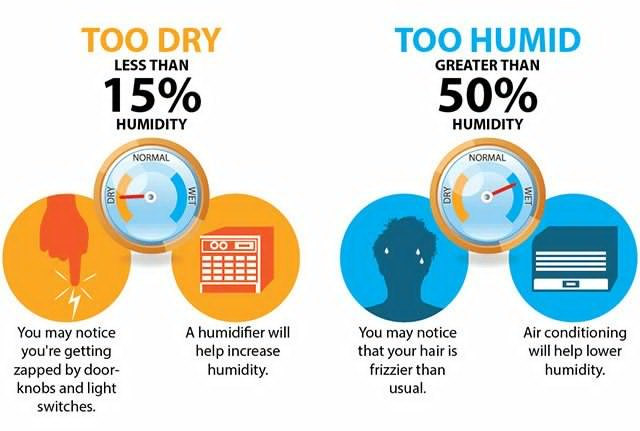
Incorrect humidity levels can lead to a multitude of sickness, and exacerbate existing health concerns. It can also cause structural damage in the home because it causes swelling and warping in your furniture and fixtures. Therefore, maintaining proper humidity levels in your home is important year round.
The Ideal Humidity Level for your Home
Humidity is the amount of moisture vapors suspended in the air. To prevent getting sick and to maintain the structural integrity of your house, it is important to maintain the correct level of humidity.
Having the right level of humidity will protect your health, your home, and your belongings. It will also help your heating and cooling system to perform better and keep you more comfortable. You can determine the current humidity levels of your home using a digital or analog hygrometer.
According to the American Society of Heating, Refrigeration, and Air Conditioning Engineers, a humidity level that ranges between 45% to 55% should be maintained in the home to prevent dust mite infestation and mold growth. This moisture range could even be lowered in colder climates and during the winter season. Anything under 30% is considered as too dry, while anything above 55% is deemed as too high.
6 Signs of High or Low Humidity Levels in the Home
- Musty odor
- Fogging and condensation on windows
- Sticky air during summer and dry air during winter
- Visible water stains in walls and ceilings
- Peeling wallpaper or paint
- Increased instances of static electricity
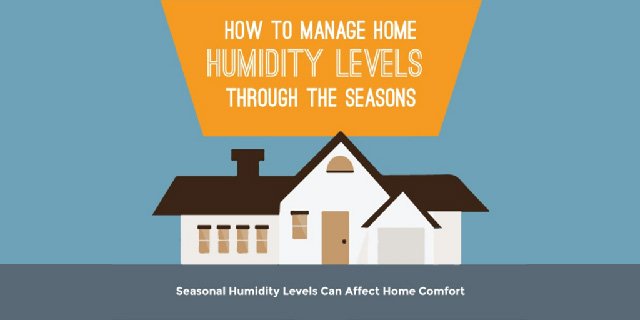
10 Tips on How to Control Humidity Levels Year-Round
- Add moisture-absorbing plants such as Boston fern or English ivy around the home
- Cook with your pans covered
- Run the dishwasher at night
- Install exhaust fans in the kitchen, laundry room, and bathroom
- Use ceiling fans to help improve air circulation
- Caulk and weather-strip doors and windows
- Fix leaking pipes and faucets
- Place a basin of water near heater
- Turn down or turn off your humidifier
- Invest in a dehumidifier
Learn More About Controlling Humidity Levels
On a hot summer day, taking small steps as mentioned above and using an air conditioner is often enough to control humidity levels in the home. However, in some cases, a dehumidifier may need to be used to remove excess moisture in the air. Installing a smart thermostat to work with your air conditioner in managing humidity levels also helps.
This is especially true with newer homes, which are often sealed in too tight in an effort to make them more energy-efficient. However, this also means sealing in a lot of moisture, causing the humidity levels inside the home to increase. If you have a tightly constructed home, you may need to install additional humidification equipment to your HVAC system.
The professionals at Galmiche & Sons can help you learn more and achieve the optimum humidity level in your home. Ask us how by calling one of our St. Louis heating and air conditioning experts today at 314-993-1110.



